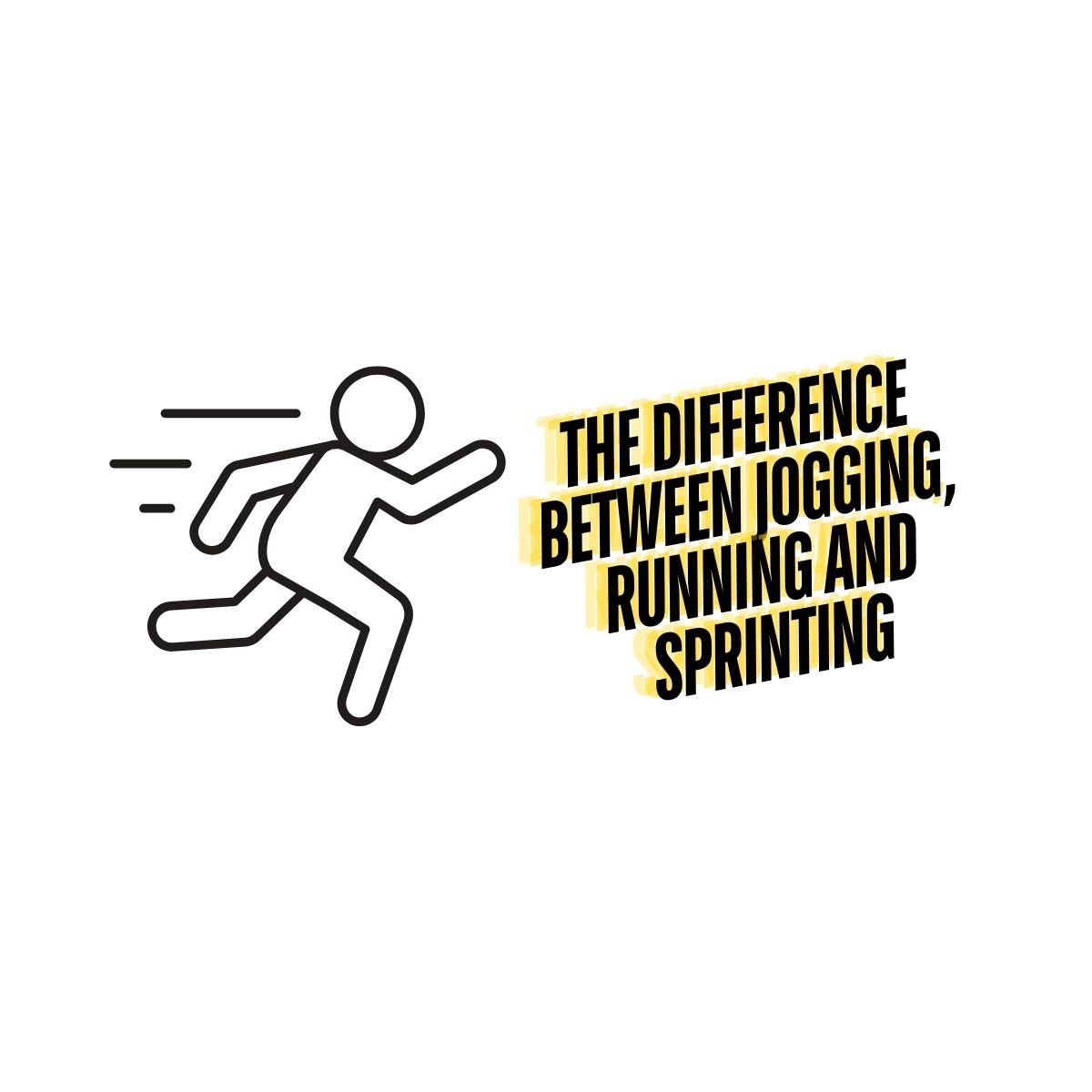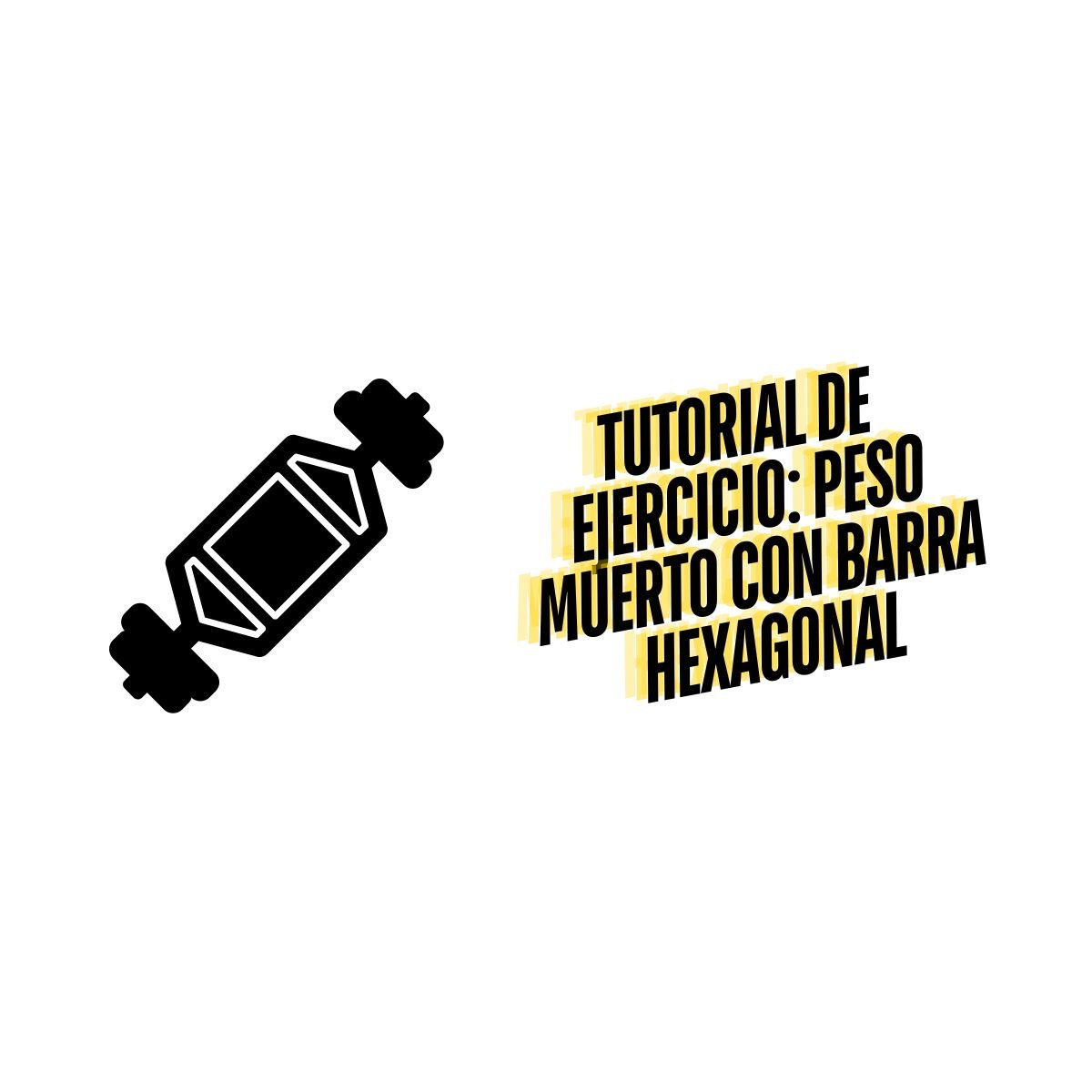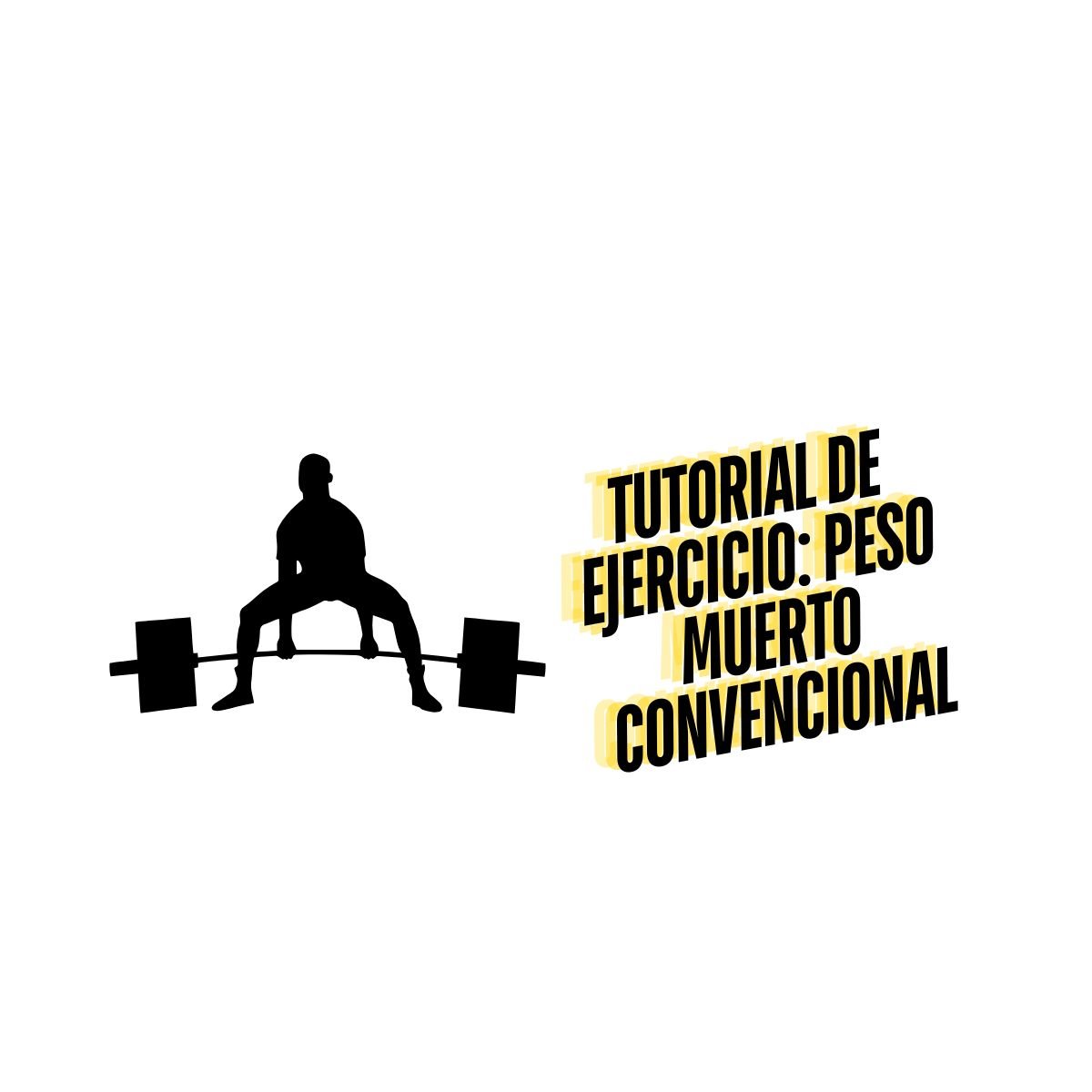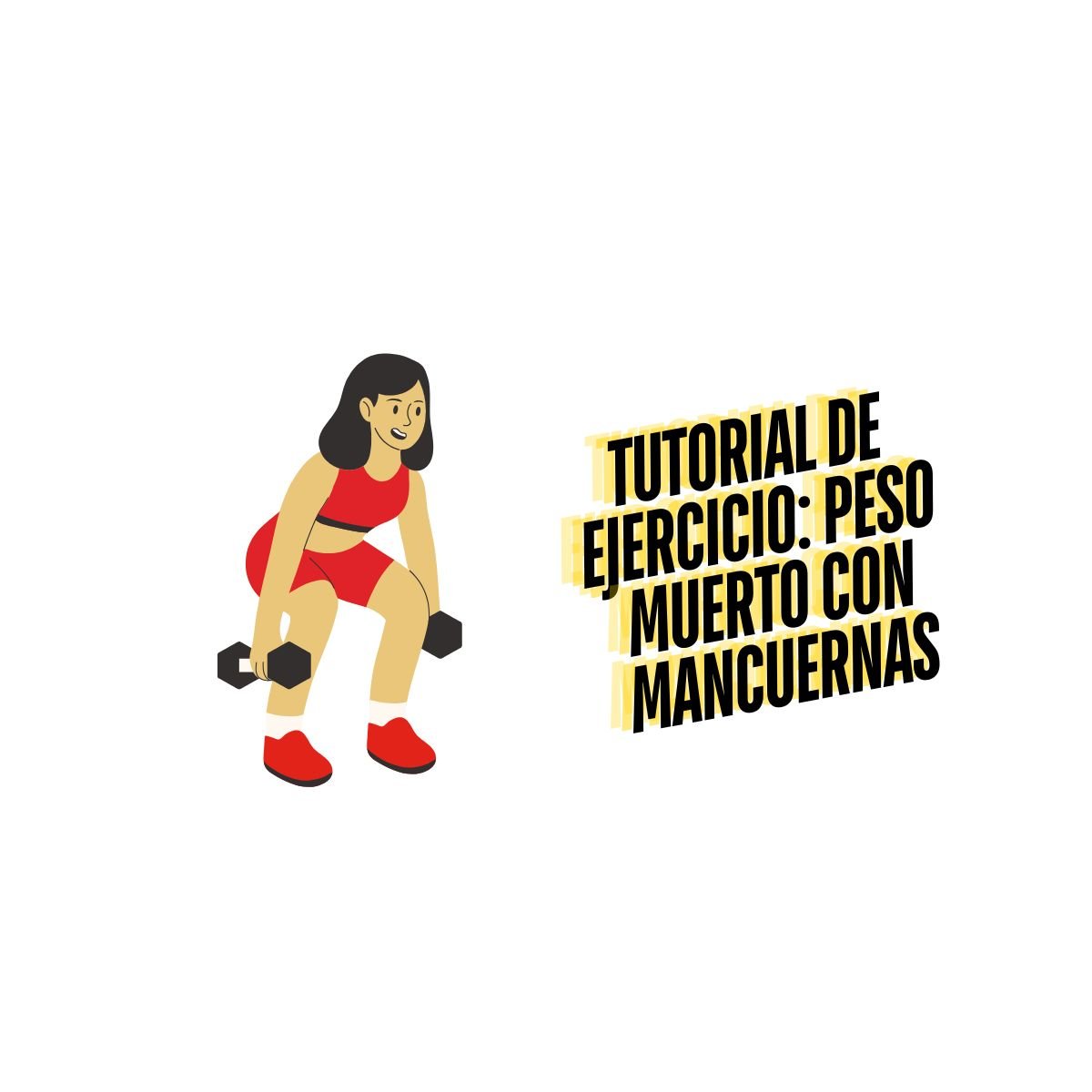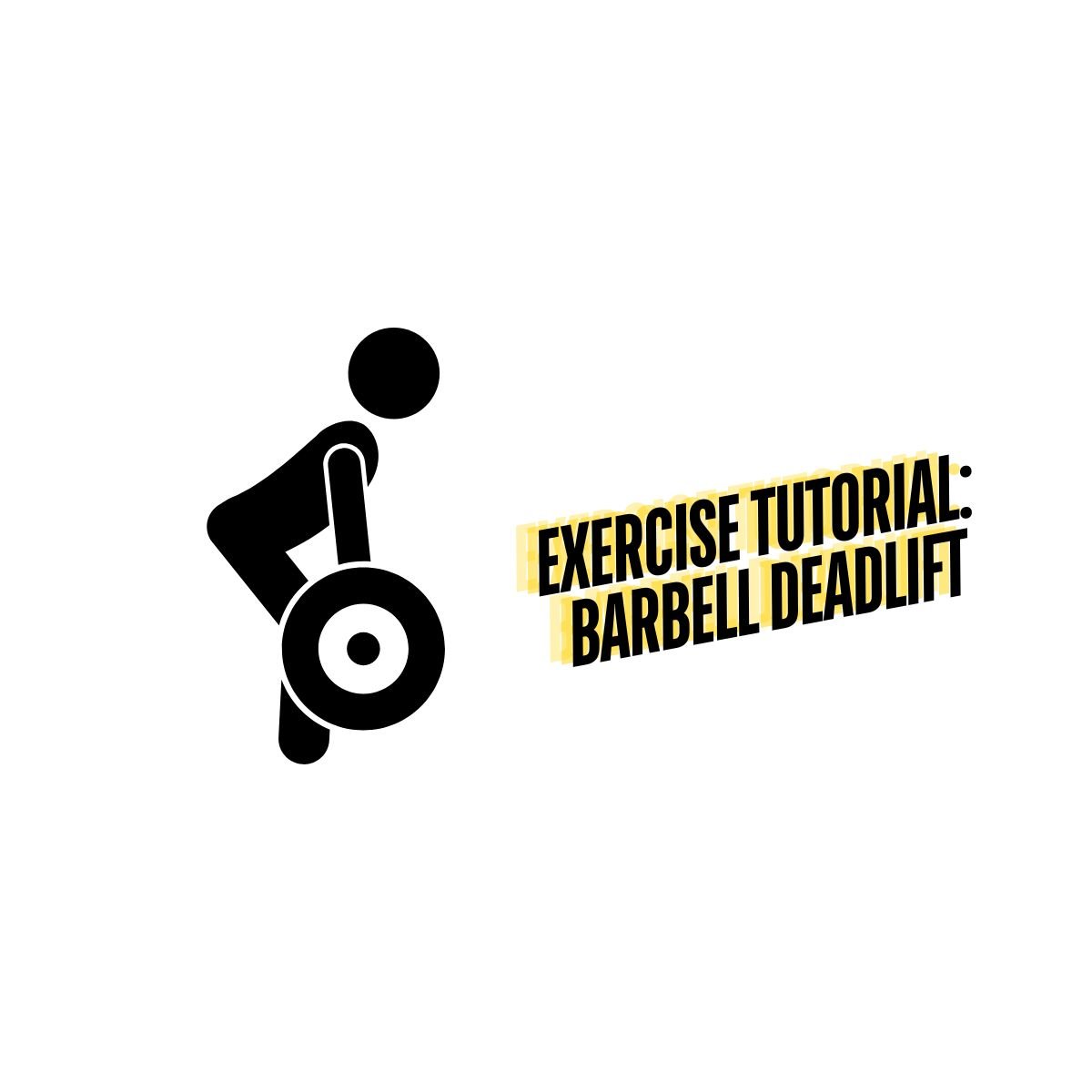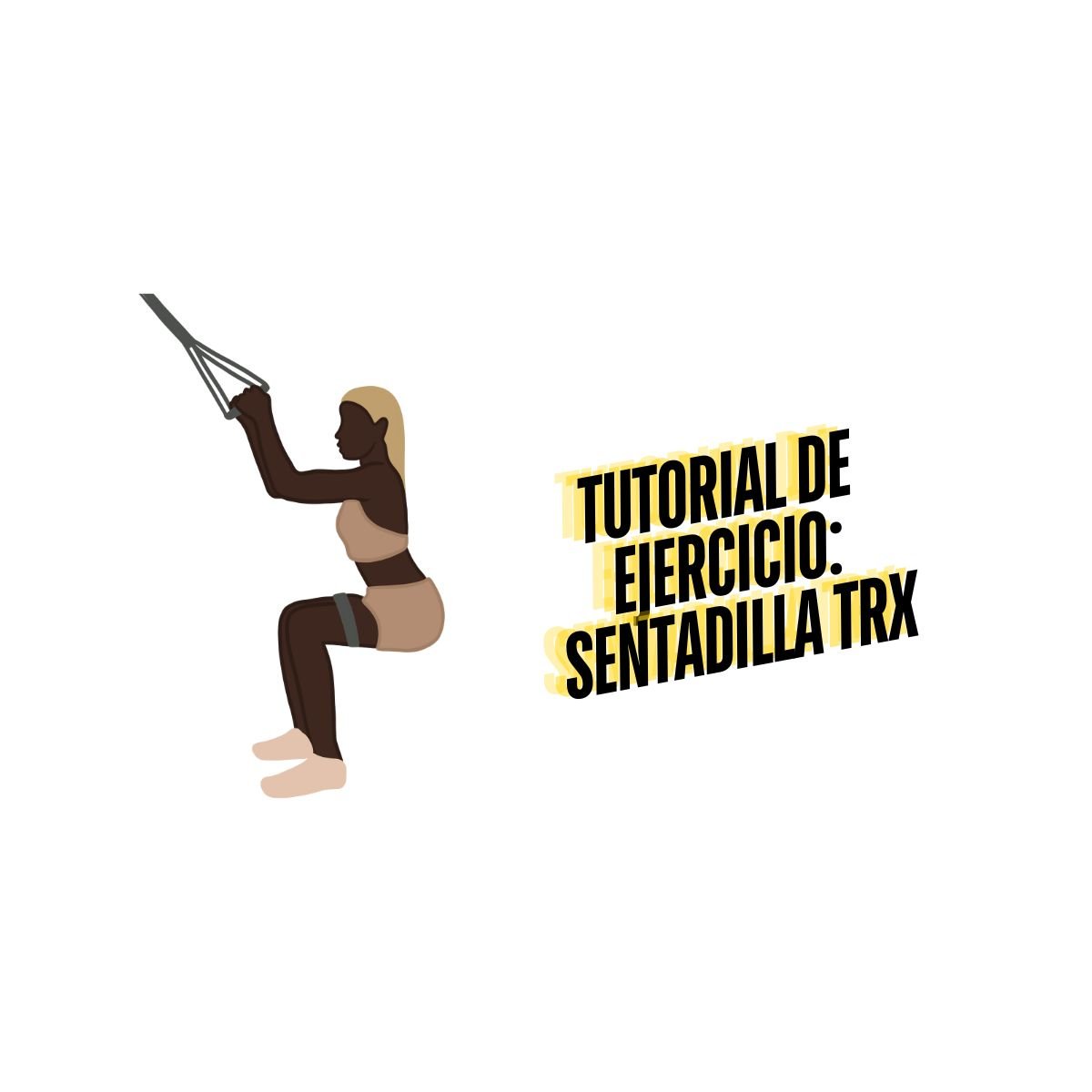How-To Video Series: Muscle Release and Activation (Muscle Activation Technique)
Table of Contents
What Is Muscle Activation Technique
Muscle Activation Technique is a method of addressing weak muscles. To put it simply, Muscle Activation Technique will focus on enhancing your mind-muscle connection so that when you are performing an exercise, your muscles are fully activated. Muscle Activation Technique can be performed prior to exercise to reduce the risk of injury and allow you to maximize your training session. This non-invasive technique can reduce muscular imbalances in the body, increase range of motion and improve muscle strength!
Our 7 how-to videos cover all the important muscle groups in your upper and lower body. Click here to view the video series.
Muscle Activation Technique: An In-Depth Look At Muscle Release and Activation
The fault lines of reality
A simplified and ideal run of events for an exercise or training session starts with a dynamic stretching, workout or training regimen follows, and static stretching wraps things up. Warm up will engage your muscles; workout will give them something to do; and stretching will fast track recovery.
Ordinarily, that’d be it until your next session. As such, it is understandably easy to assume everything will be in order with your muscles by simply following this ritual. For the most part, that would be right on the money: Except the adult human body packs 206 bones requiring over 600 muscles to act as marionette strings.
It is surprisingly common for muscles apparently functioning correctly not to be in the best shape possible. Your body, being the bio-machine that it is, would try to correct or smooth things over. It wouldn’t always succeed and at some point it’d set off an alarm you may perceive as a niggle, tightness, or stiffness.
To address this alarm effectively, muscle activation techniques—muscle release and activation—would come in handy. We’d discuss muscle release and activation in a short while: but first, a concise background on muscles and how things can go sideways real quick.
We all know it's important to stretch after a workout to reduce recovery time, but what if there was something that took it one step further and made your workouts even more effective? This is where muscle release & activation comes in.
It Takes Two to Tango
Muscles are diverse in shape, form, type, and function. Regardless, skeletal muscles are the muscle types of interest to athletes, trainers, fitness specialists, and everyone else in the “staying fit” club. Skeletal muscles are voluntary muscles, implying that it is possible to control them. In comparison, the other two types—smooth and cardiac muscles—are involuntary.
Skeletal Muscle Pairing
Skeletal muscles enable movement of bones in your body. They are the marionette strings emphasized earlier on. Most voluntary muscles act in pairs. Put simply, one muscle acts in a certain way, while the other acts in the opposite way. It could be that one contracts, flexes, or shortens; while the other relaxes, extends, or lengthens. The fancy term for this pairing is antagonistic pair (the pairing of agonists and antagonists).
An easily relatable example is the biceps-triceps antagonistic pair of the arm.
It is worthy to note that not all skeletal muscles are in antagonistic pairings or always act in contrasting fashion. Nonetheless, for clarity reasons, we’d stick to the classic antagonistic pairing model.
Muscle Imbalance
Now under normal circumstances, the opposing muscles work in unison and every muscle fiber pitches in when required. This isn’t always the case. A muscle may fail to contract properly (maybe the brain-muscle nerve connection is experiencing a blackout) or contract excessively (maybe from overuse—think strenuous exercises and demanding sports).
When the nervous system notices either, it’d immediately direct other muscles to compensate. The technical term to describe this deviation from the norm is muscle imbalance. Problematic muscle imbalance stems from chronic compensation and the brain restricting joint movement to guard against injury.
It causes joint dysfunction and changes in normative muscle movement patterns. Sometimes, it progresses to more challenging issues. A few of them include, tissue damage; pain, strain, and muscle tears; trigger points; joint instability; and altered movement pattern.
In any case, the defining characteristics of muscle imbalance are muscle tightness or weakness.
Inability to Go at Full Strength: Muscle Tightness and Weakness
Muscle tightness and muscle weakness refers to two explicitly different conditions; but both are related.
Consider an antagonistic pair that has muscle imbalance. The agonist is unable to contract effectively. To compensate, the antagonist lengthens excessively. This inefficiency results in the muscle giving you a sensation of being inflexible, inhibitory (not free flowing), or stiff. This is muscle tightness; also called muscle stiffness.
Following on, both the agonist and antagonist muscles do not operate at their normal or typical level. They can’t contract or lengthen to the extent they’re capable of owing to the imbalance. This inefficiency is muscle weakness; also called weak muscles, muscular weakness, or reduced muscle strength.
Accordingly, as a rule of thumb, a continuously contracted or tight muscle is usually a weak or exhausted muscle. Muscle tightness and muscle weakness often occur in tandem.
Peculiarities of Muscle Tightness
- Muscle tightness is different from muscle rigidity and spasticity. With muscle rigidity and spasticity, your muscles remain stiff even when you’re not moving.
Muscle spasticity specifically points to a deep lying issue (an imbalance) with the link between the nervous system and the muscle—a muscle control disorder. It is a factor in many diseases. - Muscle tightness is different from muscle knots. A muscle knot may actually precipitate the sensation of muscle tightness. However, they aren’t the same.
A muscle knot is a hard, small, bump-like, sensitive spot of muscle or fascia (tissue enclosing muscles) that occurs when the muscle fibers or fascia in the area of interest become tense. Another term for it is myofascial trigger point (or simply trigger point).
Unlike muscle tightness requiring muscle release exercises for treatment, muscle knots require self-massage and some home remedies, or in select cases professional therapy.
A Flash in The Pan or a Worrying Instance
Observing that your muscle is weak or stiff shouldn’t always elicit crippling worry. In fact, sometimes they are natural. If you exercise for a while, perform hard physical work, or lift weight, your muscles will become stiff and weak necessitating recuperation through rest. This is normal fatigue.
Furthermore, you may also experience stiffness after periods of inactivity--say when you stand up after sitting for a long time or after you wake and get out of bed. These are often flash in the pan (short term) occurrences that’d resolve themselves after a short while or without much deliberate action on your part.
Beyond that, you may develop persistent muscle weakness and tightness ensuing from a long history of muscle overuse/underuse, incomplete recovery, accumulated stress, and/or limited trauma. You shouldn’t disregard this form of muscle weakness and tightness, as it could get worse with neglect.
Fortunately, you can resolve this form of muscle tightness and weakness resulting from classic muscle imbalance by stretching, performing simple muscle release and activation exercises (some of which are explicated below), and/or taking advantage of specialist techniques such as MAT or MET.
Read about a study by published by the American Journal of Physical Medicine about MAT during PNF stretching.
In any case, muscle tightness and weakness is so ubiquitous that they could actually be symptoms of an underlying health issue. This is often the case if it sneaks up on you, having no apparent cause or normal explanation. You’d also find that in these scenarios, muscle release and activation exercises do not offer respite.\
Muscle Activation Exercises
There are many muscle activation exercises that you can perform in each area of the body! These muscle activation exercises are simple to learn and can be performed alone. You will need some inexpensive equipment to perform these muscle activation exercises such as a lacrosse ball and resistance bands. If you don’t have these items, you can purchase them here from our website.
Scroll down below to see our complete video series of muscle activation exercises for the main muscle groups in each area of the body. These videos are easy to follow and will identify the key techniques to focus on to ensure that you are performing the muscle activation exercises correctly!
Muscle Release Exercises
Our video series below also includes muscle release exercises! Muscle release exercises are beneficial for those who are experiencing tightness in a muscle group and work by targeting the trigger points in the muscle. Most of our muscle release exercises involve the use of a lacrosse ball to put pressure on the trigger point of the muscle. Take your time when performing muscle release exercises and remember to breathe!
Muscle Maintenance: Muscle Release and Activation Exercises
You realize that niggle you have is indicative of persistent muscle tightness and related muscle weakness. The logical question that follows is, “What can you do to resolve it?” The answer is simple: stretch. It may seem basic, but performing the right type of exercise for your stiff or weak muscle can yield amazing results.
It is vital to note that:
Muscle release exercises are tailored to combat muscle tightness; while
Muscle activation exercises are perfect to address muscle weakness
Benefits of Muscle Release and Activation Exercises
Better performance
Reduce pain and soreness
Improve range of motion
Restore muscle strength and flexibility
Severely limit muscle compensation by engaging requisite muscles
Forestall injuries and improve well being
Recalibrate pace of recovery after exercise or physical activity
Tools You’d Need
Perhaps, the most interesting detail about standard muscle release and activation exercises is that you can do in the comfort of your home without expensive equipment or having to head to the gym.
All you really need is a lacrosse ball (or smash ball) and an exercise band. If you intend to vary the resistance, you may opt for multiple exercise bands. Some swear by foam rollers as an additional tool.
Muscle Release Exercises (Muscle Activation Technique)
Another common term for this group of exercises is self myofascial release (SMR). The primary objective of SMR exercises is to restore the normal extent of contracted (and by extension lengthened) muscles.
In addition to correcting muscle imbalance, it also helps dislodge adhesions—small pockets of waste build—in the muscle and trigger points. You may choose to perform SMR before or after a workout session. By using your body weight in a coordinated position over the lacrosse ball (or roller), you’d generate enough pressure to release your tight muscles, as well as tense fascia and tendons.
Muscle Activation Exercises (Muscle Activation Technique)
Muscle activation is akin to waking up weak muscles, particularly the lengthened muscles. Energizing these muscles has the positive effect of preventing chronic contraction of the opposing muscles. As part of your workout, activation exercises act as little superchargers to get the most bang from your workout or training.
Muscle activation focuses on enhancing the communication between your muscles and the nervous system—often called the mind-muscle connection—so the right muscles get the right nudge to fire optimally when you need them.
Muscle activations exercises will improve and maintain joint stability, mobility, and capacity to produce force. This prevents overuse, reduces the risk of injury, and helps you better tolerate fatigue.
A Complementary Tag Team
SMR and muscle activation exercises are rarely done in isolation. This is because they complement each other. Typically, while muscle release releases the chronically contracted tight muscle, muscle activation strengthens weak hyper-extended muscles.
This match-up allows for a holistic correction of both the mind-muscle connection and the muscle imbalance with long-lasting results.
That said, although you can do both muscle activation and releases exercises either before or after workout, we think it is a good idea to do them regularly to ensure efficient muscle maintenance.
Want to get in on the action? Explore our concise video series of muscle activation and release exercises for the major muscle groups in the body.
Muscle Activation Therapy
Muscle activation therapy is another term for muscle activation technique. Some people regard muscle activation technique as a form of therapy due to its many benefits such as improved muscle strength and stability, reduced risk of injury and improved recovery after exercise.







